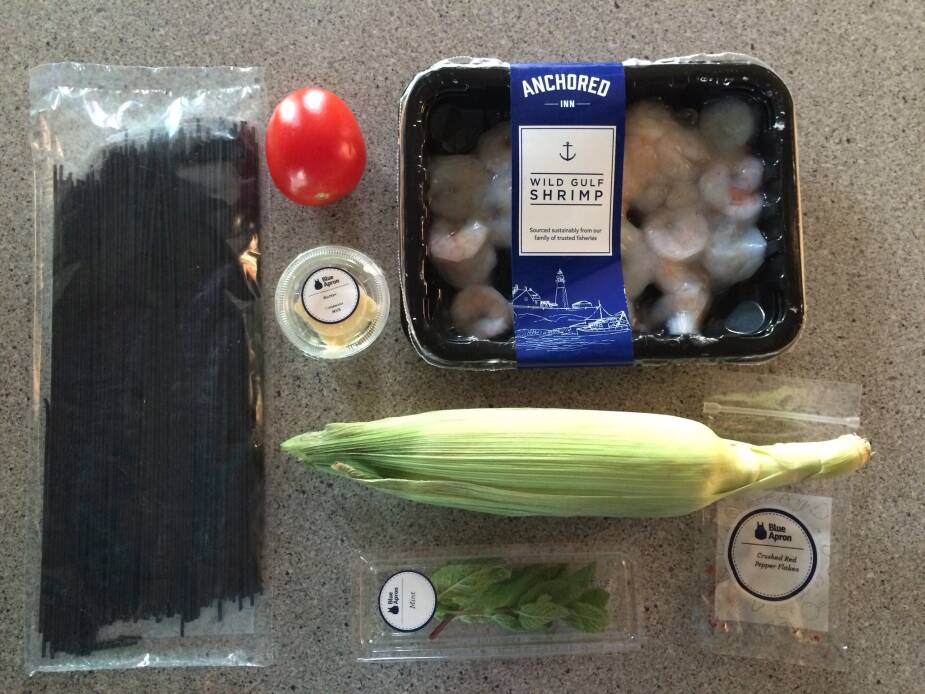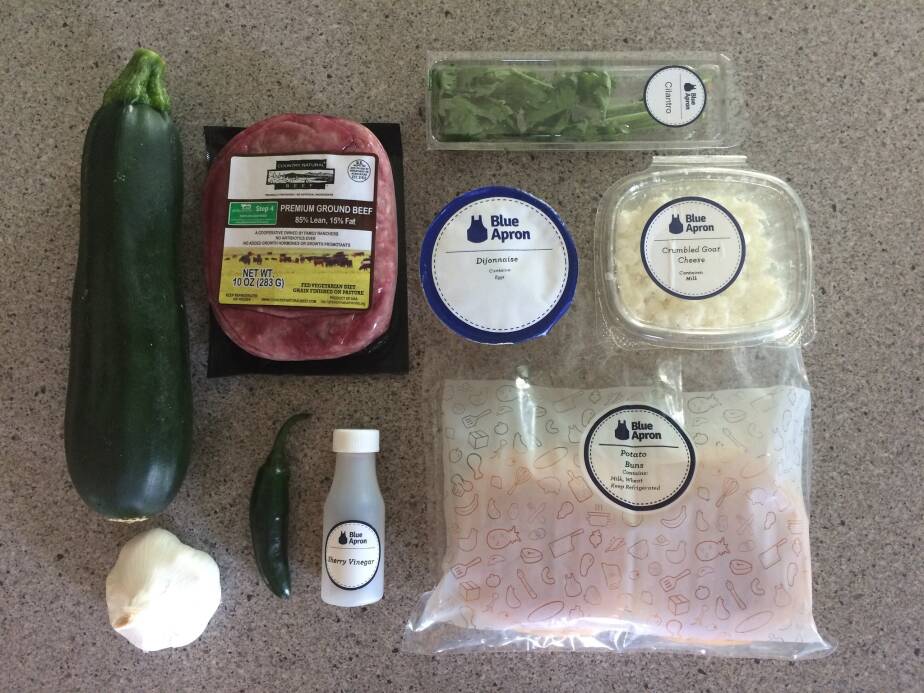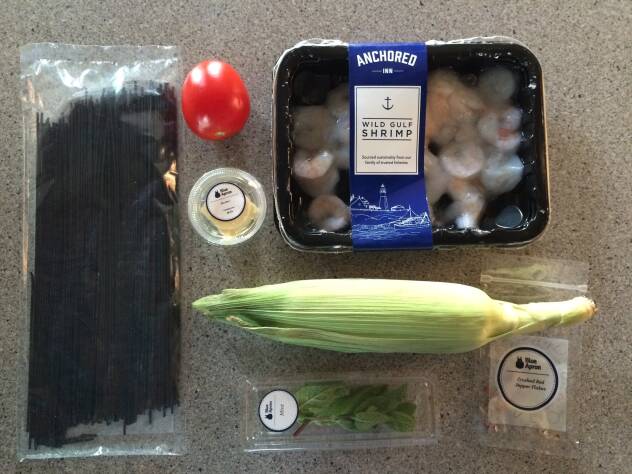Meal Kits and COVID-19
The long term business model for meal kit services is controversial: can these companies not only acquire, but also retain customers? However, the short term, with the effects of the global pandemic, is showing the strength of meal kits. The supermarket is perceived as a place of potential infection, and the restaurants on which delivery companies like Just Eat Takeaway, Uber Eats, and Deliveroo rely are struggling. Meal kit services create their own meals, which gives them a unique leg up in a market that sees supermarkets and restaurants as places to catch COVID-19. The second quarterly report from HelloFresh reflected this mindset with a 123 percent rise in revenue compared to the same quarter in 2019. Share prices are rising, and if meal kit services can manage to retain their newly acquired customers, the coronavirus crisis might represent a breakthrough for the business model.


Sources: foodboxhq.com, Fastcompany.com, Bloomberg, Packaged Facts, Nielsen
- The first modern meal kit originates from Sweden: Middagsfrid was founded there in 2007. They were not the first ever, however. One of the earliest examples of a meal kit is Omaha Steaks, originally “Table Supply Meat Company”, which was founded in 1917 and began a mail order and home delivery service in 1952.
- Investors have yet to be fully convinced by meal kit companies. Consumers are often willing to try a service, but rarely stick around for more than six months.
- 2012 was the year that Blue Apron, HelloFresh, and Plated began selling meal kits in the US. In 2015 the combined revenue of all meal kit companies crested the billion dollar rise.
- Technomic Research analyzed the US market and saw that most subscribers of meal kit services are older millennials, equally split among genders. Gen Z is only just entering the wider food market, but they are an interesting demographic for meal kit companies. Compared to millennials, Gen Z is 10 percent more likely to eat dry packaged dinners, dinner mixes, and meal kits.
- 47 percent of meal kit subscribers have a combined household income of over $125,000.
- The largest new player in the US is Amazon. The tech company delivers meal kits in select cities and areas. Their kits are also available at Whole Foods, which has been owned by Amazon since 2017.
- According to measurement and data analytics company Nielsen, only 9 percent of consumers have purchased a meal kit. That's a low number in an industry with sales in excess of $641 billion in 2017.
- On average, dinner meals from meal kit services cost between $8 and $12 per person, per meal.
- Some experts predict meal kits to be a transitional service, and that the true future potential of home delivered meals is in fresh and healthy microwave or steam-ready meals.
Everyone has at some point been exposed to the concept of the meal kit. Their marketing is on every channel, day and night, fighting for customer acquisition. And for good reason too. Not unlike the retail market, meal kits have to fight for their share of a market with very slim margins. Profitability is a real challenge. The coronavirus crisis has been an unexpected boost to the business, which raises the question: is the service suddenly destined for the top or headed for a potential flop? A timeline of events and what might be in store.
Joost Scholten Sander van der Meij


TIMELINE
3 min
THE RISE AND POSSIBLE DEMISE OF THE MEAL KIT

HOW COVID-19 IS SUPPORTING A STRUGGLING INDUSTRY
Sources: foodboxhq.com, Fastcompany.com, Bloomberg, Packaged Facts, Nielsen
Meal Kits and COVID-19
The long term business model for meal kit services is controversial: can these companies not only acquire, but also retain customers? However, the short term, with the effects of the global pandemic, is showing the strength of meal kits. The supermarket is perceived as a place of potential infection, and the restaurants on which delivery companies like Just Eat Takeaway, Uber Eats, and Deliveroo rely are struggling. Meal kit services create their own meals, which gives them a unique leg up in a market that sees supermarkets and restaurants as places to catch COVID-19. The second quarterly report from HelloFresh reflected this mindset with a 123 percent rise in revenue compared to the same quarter in 2019. Share prices are rising, and if meal kit services can manage to retain their newly acquired customers, the coronavirus crisis might represent a breakthrough for the business model.

- The first modern meal kit originates from Sweden: Middagsfrid was founded there in 2007. They were not the first ever, however. One of the earliest examples of a meal kit is Omaha Steaks, originally “Table Supply Meat Company”, which was founded in 1917 and began a mail order and home delivery service in 1952.
- Investors have yet to be fully convinced by meal kit companies. Consumers are often willing to try a service, but rarely stick around for more than six months.
- 2012 was the year that Blue Apron, HelloFresh, and Plated began selling meal kits in the US. In 2015 the combined revenue of all meal kit companies crested the billion dollar rise.
- Technomic Research analyzed the US market and saw that most subscribers of meal kit services are older millennials, equally split among genders. Gen Z is only just entering the wider food market, but they are an interesting demographic for meal kit companies. Compared to millennials, Gen Z is 10 percent more likely to eat dry packaged dinners, dinner mixes, and meal kits.
- 47 percent of meal kit subscribers have a combined household income of over $125,000.
- The largest new player in the US is Amazon. The tech company delivers meal kits in select cities and areas. Their kits are also available at Whole Foods, which has been owned by Amazon since 2017.
- According to measurement and data analytics company Nielsen, only 9 percent of consumers have purchased a meal kit. That's a low number in an industry with sales in excess of $641 billion in 2017.
- On average, dinner meals from meal kit services cost between $8 and $12 per person, per meal.
- Some experts predict meal kits to be a transitional service, and that the true future potential of home delivered meals is in fresh and healthy microwave or steam-ready meals.

Joost Scholten Sander van der Meij
Everyone has at some point been exposed to the concept of the meal kit. Their marketing is on every channel, day and night, fighting for customer acquisition. And for good reason too. Not unlike the retail market, meal kits have to fight for their share of a market with very slim margins. Profitability is a real challenge. The coronavirus crisis has been an unexpected boost to the business, which raises the question: is the service suddenly destined for the top or headed for a potential flop? A timeline of events and what might be in store.

3 min










